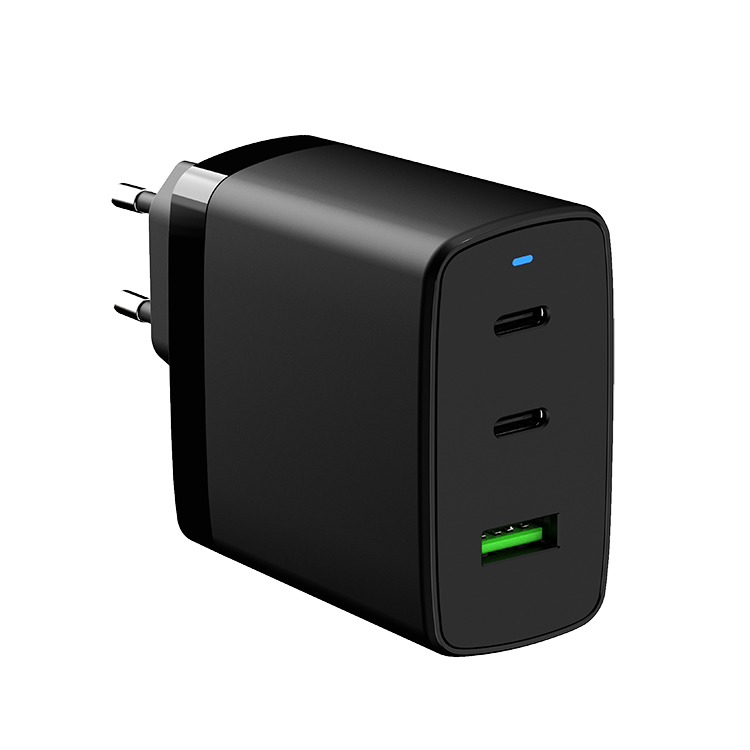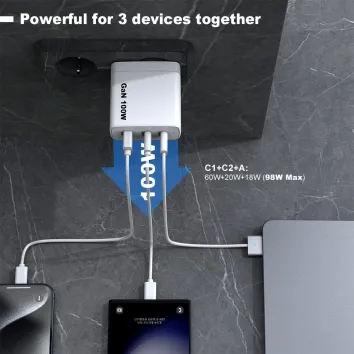How Do You Choose The Best Laptop Charger? | ZONSAN

Laptop Adapter Types
Typically, home power supplies offer 100V-240V alternating current (AC), whereas vehicles and aircraft provide 12V direct current (DC). Laptops need stable DC to safeguard both battery and motherboard from potential damage. The primary function of a power adapter is to convert fluctuating power into stable DC suitable for your laptop, achieved through a switching power supply (SMPS). Generally, chargers fall into three categories:
AC adapter: This converts AC from household outlets to the DC necessary for laptops and smartphones.
DC adapter: Designed for use in vehicles, this adapter raises low DC to the higher voltage required by laptops.
Universal power adapter: Adaptable to any power source, this so-called universal charger includes various connectors. However, compatibility with all laptop models is not guaranteed.
Choose the Appropriate Voltage
Most laptops operate on a 19V DC input from lithium-ion batteries. Using an adapter with a mismatched voltage can cause overvoltage, potentially damaging your laptop’s internals. It is crucial to select a voltage that matches your laptop to avoid such risks.Matching the voltage to your device is therefore paramount.
The Safety of Using a Universal Laptop Charger
A universal charger is safe if it meets your laptop's power and interface specifications. For instance, a USB-C charger providing 30W is adequate if your laptop demands 30W.
Things to Note When Buying a Charger
Ensure the charger you choose has the correct output in terms of interface type, voltage, current, and power specifications. The connector type (barrel, snap and lock, Molex, USB, etc.) must also fit your laptop to prevent voltage instability and potential damage.
Consider ZONSANs 3-port charger for its efficacy and compact design . Using GaN technology, it's 53% smaller than standard 61W chargers, making it exceptionally portable. It offers multiple safety features, capable of charging a 13-inch MacBook Pro to 50% in about 45 minutes.


Read More